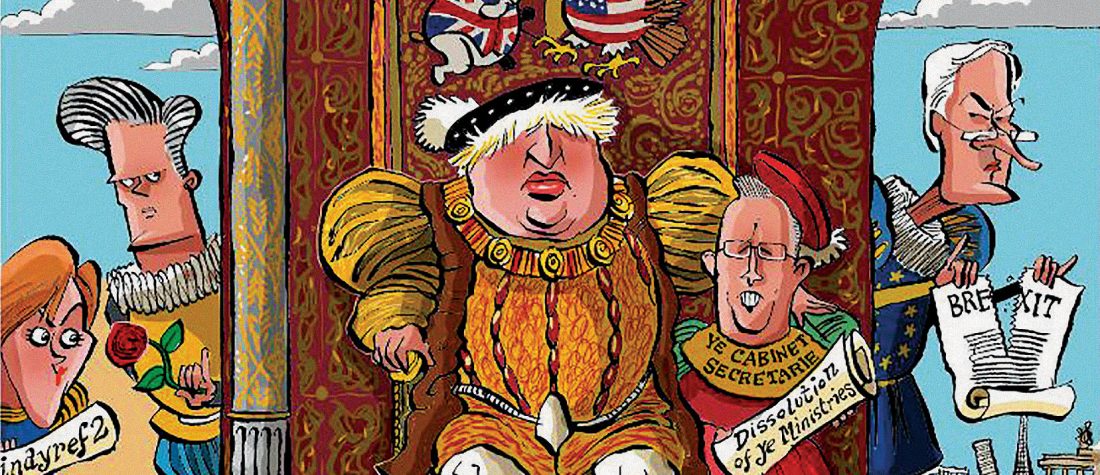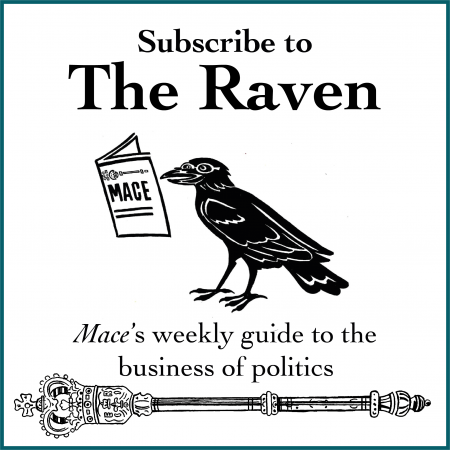What is a nation? A familiar and a strange idea, I know what it is until someone asks me. “A nation is the same people living in the same place” says Leopold Bloom in James Joyce’s Ulysses, “or also living in different places”. Joyce himself left Ireland for good in 1912 when Dublin was still in the United Kingdom and he never took Irish citizenship. Does that make him really a British – rather than an Irish – writer?
The idea is provocative, but then ideas of nation often are. When De Gaulle declared himself to have “a certain idea of France” he implied that his idea of France had a unique grandeur to it, tacitly recognizing that there was no single idea France whilst asserting that his was the best. Just as no nation thinks of itself in the same way as its neighbours (although all correctly think they are exceptional), so no two citizens of any country think identically about it. There are as many ideas of France as there are people who think about France, and as many Englands as there are people who think about England. In fact a nation is not a single idea but a series of ideas about an idea. England is all the infinite ways people try to understand the idea of England.
In 2020 that cloud of ideas about England is being transformed under the catalytic pressure of four forces. Those are the Covid crisis, Brexit, Scottish nationalism, and Black Lives Matter. All four influence each other. The Covid crisis invites comparisons between the government’s response in England, those of governments in other countries, and those of devolved administrations in other parts of the United Kingdom. These comparisons have implications for ideas about Brexit and Scottish independence, subjects which in turn raise questions about England’s relationship with the rest of the world. It is impossible to talk about those questions without considering Empire and it is impossible to talk about Empire without talking about Black Lives Matter.
How are these interlocking forces reshaping ideas about England? Most importantly, they have prompted an unusually prominent debate about symbols of nationhood. This year’s protests about statues have made it impossible to ignore a lack of consensus about symbols which most people, perhaps complacently, thought could be taken for granted. These include emotive symbols like the statue of Churchill in Parliament Square which was notably graffitied with “Churchill was a racist”. Not many people consciously want to celebrate Churchill’s ideas about Empire and race, or to commemorate his response to the Bengal famine (assuming they even know what they were), but many people might have been shocked to see that those are what some of their fellow citizens associate him with, rather than the defeat of Nazism.
Campaigns to remove statues of historical figures have added new impetus to a long-running debate, already charged with anger concerning Brexit, about whether ideas about English national identity can ever be benign. Whilst the post-war Labour government chose “Nationalisation” as a less controversial alternative to “Socialism” when it described its policies (nationalised industries, a National Health Service, National Service rather than conscription), progressive political opinion today tends to associate symbols of English (and British) nationhood with, at best, little-Englander nostalgia and, at worse, a brutal history of oppression. Whilst this is not new, this year has seen a hardening of some people’s opinions against all ideas and symbols of English national identity. Scottish nationalism’s reputation as a progressive movement means the same thing has not happened to symbols of Scottish national identity.
In the long term this might make people in England better-equipped to diagnose problems of nationalism. But it might also leave them struggling to harness the capacity of national communities to coordinate collective solutions to shared problems. Politicians and voters who want a more interventionist state need to convince millions of people who may not have much in common with each other to make personal sacrifices in pursuit of common goals. The idea of a national community has proved the only way to achieve this in a modern state.
Another consequence of this year’s identity politics is that, whilst Scottish nationalism reminds us that England is only one part of a multi-national island, Black Lives Matter means that no-one can fail to recognize that England itself is a multi-ethnic, polyglot place where not everyone looks, thinks, or speaks the same. That has always has been true. Cornish was current until the eighteenth century whilst Welsh was so widely spoken in Herefordshire that the Bishop of Hereford helped translate the Book of Common Prayer into Welsh. Latin was spoken at the Universities. Because immigrants have always been bringing new languages (from Normans to Hanseatic traders to Huguenots and everyone after), England has always been in the process of becoming more linguistically diverse. You could hear some of that linguistic diversity in Elizabethan theatres. Lady Mortimer speaks Welsh in Henry IV Part I, the schoolteacher Hugh Evans’ Welsh accent is written into The Merry Wives of Windsor, and Henry V features the Scottish Captain Jamie, the Welsh Captain Fluellen, and the Irish Captain Macmorris.
One might think that this shows that diversity preceded Empire. That would be wrong. England’s imperial history in fact goes back to well before Britain’s global Empire. “This realm of England is an Empire” says the 1533 Statute in Restraint of Appeals – the law which enacted Henry VIII’s break with Rome. The claim that England was an Empire was an assertion of sovereignty articulated in the language of mediaeval political theory. The claim to imperial status was a claim that England was the constitutional equal of the Holy Roman Empire and subject to no external jurisdiction whatsoever. Shortly afterwards, during the reign of Edward VI, the term “British Empire” was first used. Again, this didn’t refer to overseas colonies but to England and Scotland, which Edward’s councillors hoped to bring into union with England through a dynastic marriage (Scotland wasn’t so keen). Just such a Union of Crowns did take place five decades later when James VI of Scotland inherited the English throne, creating a composite monarchy ruling over Great Britain. This is the forgotten British Empire, a British Empire which existed hundreds of years before most of Britain’s overseas colonies were established. It was no bigger than the British Isles and geographically contiguous but nationally, ethnically, linguistically, legally, and culturally, varied.
England might soon again find itself part of a dual British monarchy if the SNP delivers its policy of independence with The Queen as head of state. Even if Scotland remains within the Union, the constitutional relationship between England and Scotland will remain unsettled. Meanwhile, as those who feel there is more to question than to celebrate in England’s past continue to make their case, it will it be impossible to argue that there is a one common English identity based on shared symbols and an agreed narrative of national history.
Something like the idea of the first British Empire helps make sense of what England is becoming under the influence of a heightened awareness of its prickly relationship with the rest of the United Kingdom and of its own heterogeneity. The change might be described as an imaginative turn away from Rome and towards Vienna. Rome was the model for nineteenth-century imperialists. It was an outward-looking, expansionist, but centralizing model. The first, Tudor British Empire wasn’t like that. It looked more like the Austro-Hungarian Empire, an umbrella stretched over a disparate community of people with shared but often antagonistic histories about which they struggled to agree. It was a sort of Habsburgia-by-the-Sea.
Today, England after Brexit is being pushed to reimagine itself like this Tudor Empire. A consequence of colonial Empire was migration to England which has made it, in all its diversity, a microcosm of the whole world. It is a self-contained insular Empire holding within its borders a boundless variety of people, set within a slightly larger British Empire containing the four nations of the United Kingdom, which faces out into a world with which it trades but into which it cannot expand territorially and in which it is neither the richest nor the strongest power. In other words more Tudor than Victorian, more Habsburg than Roman. Perhaps (to dwell on the Viennese analogy), England is waltzing into its future.
Austen Saunders writes on Seventeenth-century literature and is secretary of The Ruskin Society


